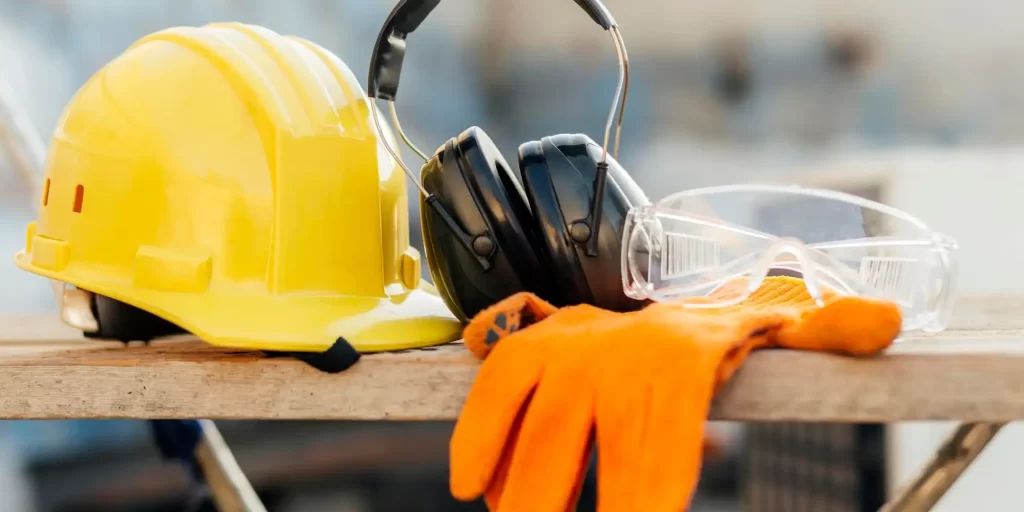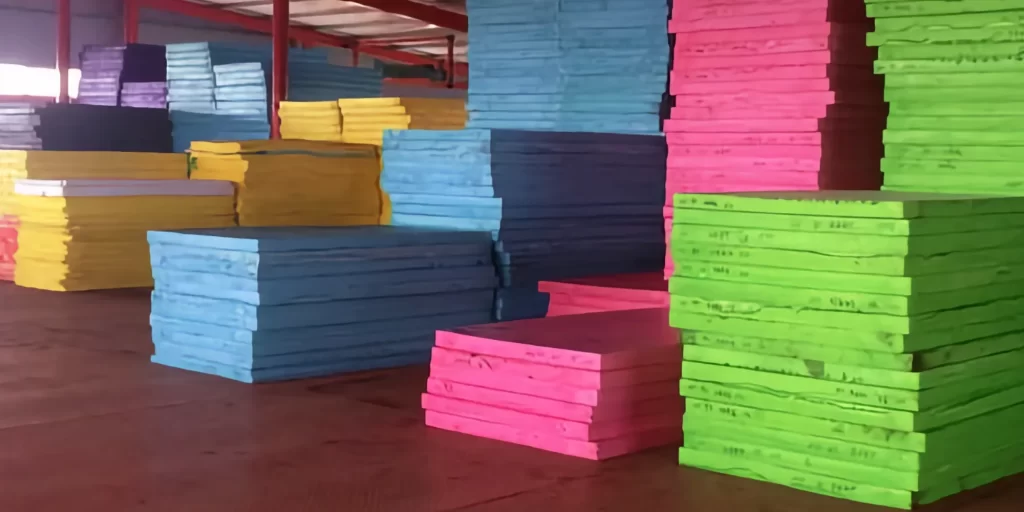Introduction:
Safety equipment plays a pivotal role in various industries, ensuring that workers are protected from potential hazards. One of the materials that has revolutionized the design and efficiency of safety gear is EVA (Ethylene-Vinyl Acetate) foam. This article delves into the applications of EVA foam in safety equipment, highlighting its benefits and answering frequently asked questions.
1. What is EVA Foam?
EVA foam is a soft, durable, and flexible material made from a blend of ethylene and vinyl acetate. It’s known for its shock-absorbing properties, resistance to UV radiation, and water resistance, making it an ideal choice for various safety equipment applications.
2. Benefits of EVA Foam in Safety Equipment:
- Shock Absorption: EVA foam’s cellular structure allows it to absorb and dissipate energy, reducing the impact on the user.
- Lightweight: Despite its protective properties, EVA foam is lightweight, ensuring that safety equipment doesn’t become cumbersome.
- Water Resistance: EVA foam doesn’t absorb water, making it suitable for safety gear used in wet environments.
- Durability: EVA foam is resistant to cracks and wear, ensuring longevity in safety products.
- Comfort: The foam’s softness and flexibility enhance the comfort of safety equipment, encouraging consistent use.
3. Applications of EVA Foam in Safety Equipment:
- Helmets: EVA foam liners in helmets provide cushioning and absorb shock, protecting the head from potential injuries.
- Knee and Elbow Pads: The foam offers padding that shields the joints from impacts and abrasions.
- Safety Boots: EVA foam insoles in safety boots provide cushioning, reducing fatigue and enhancing comfort during long working hours.
- Protective Vests: EVA foam inserts in vests offer protection against impacts while ensuring flexibility and freedom of movement.
- Gloves: EVA foam padding in gloves protects the hands from vibrations, impacts, and repetitive strain.
4. Innovations in EVA Foam Safety Equipment:
With advancements in technology, EVA foam has been incorporated into smart safety equipment. For instance, helmets with EVA foam sensors can detect impacts and transmit data to safety monitors, alerting them to potential injuries.
FAQs:
- Q: How does EVA foam compare to other materials used in safety equipment?
A: EVA foam offers a unique combination of flexibility, durability, and shock absorption, making it superior to many other materials in terms of comfort and protection. - Q: Is EVA foam environmentally friendly?
A: EVA foam is non-toxic and can be recycled, making it an eco-friendly option for safety equipment. - Q: How do I care for and maintain my EVA foam safety equipment?
A: EVA foam can be easily cleaned with mild soap and water. It’s essential to store it in a cool, dry place to maintain its properties. - Q: Can EVA foam safety equipment be customized for specific industries?
A: Yes, EVA foam can be molded and shaped to fit specific applications, making it versatile for various industries.
Conclusion:
EVA foam’s integration into safety equipment has significantly enhanced the protection and comfort levels of such gear. Its unique properties make it a preferred choice for industries ranging from construction to sports. As safety standards continue to evolve, EVA foam’s role in developing advanced protective gear is set to grow, ensuring that individuals are safeguarded against potential hazards while benefiting from enhanced comfort.






